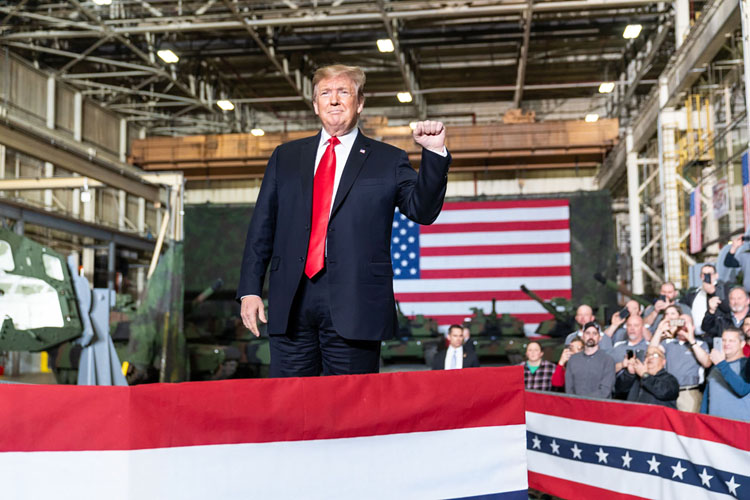President Donald Trump’s election campaign back in 2016 was based in part around the idea of protectionism. He claimed that he would bring industry and manufacturing back to places such as Pennsylvania that had had steel factories closed down and formed a key demographic of supporters throughout the rustbelt on this promise. In order to enact this promise, he enacted protectionist policies, namely trade tariff increases with the external competitor: China. While the trade war between the USA and China seems ready to erupt even further at any moment, the back-and-forth of tariffs and threats leave both countries in a precarious predicament. But, have jobs returned to the places Trump claimed they would? How has Trump’s trade war affected Arizona?
How is the U.S.-China Trade War Progressing?
The US-China trade war has been ongoing for some years now, according to the Daily FX timeline that shows the Trump administration’s interactions with China. The effects of the trade war can be monitored on the Dow Jones Industrial Average (DIJA) chart. The Dow Jones live, as Daily FX shows, indicates how businesses are doing. Negative implications of a trade war can be monitored against key businesses that may be affected by particular sectors, such as steel manufacturing, electronics, automotive, or agriculture industries. As the DIJA chart shows, there are peaks and troughs where particular moments of the trade war can be followed to monitor the realistic implications of their taking effect. More specifically, those who work in certain industries can almost predict what may happen to them based on the chart, such as those in Arizona.
How Have Trade Tariffs Affected Arizona?
One of the largest industries in Arizona is agriculture, which would be expected to rise with tariffs on external goods. But, Chinese tariffs on agriculture imports have caused the crop prices to drop. Some farmers were experiencing a cut of 30% to 60%. Although some farmers had revenue crop insurance, the government furlough meant that there were delays on the money they were rightfully owed. The furlough affected the farmers setting spring prices for crops, which affected farmers across the country. Indeed, having industry returned back to the USA under the protectionist scheme seemed a good idea until a lot of farmers had to apply for aid packages due to the effects of the Chinese tariffs. Trade wars can have the reverse effect to what they are supposed to be achieving, as this shows for Arizona.
There is no way of anticipating which way the US-China trade war may go. Following information from the Dow Jones chart could indicate which industries may be negatively or positively impacted by proposed changes. The nations could agree to a compromise that suits Trump’s protectionist policies and also allows agriculture to escape Chinese tariffs. Or, the trade war could be proliferated and farmers and other industries based in American heartlands could be further affected. In a trade war, there are rarely any victors, with each country involved imposing tariffs on the other that conversely affect their industries and their economy.




